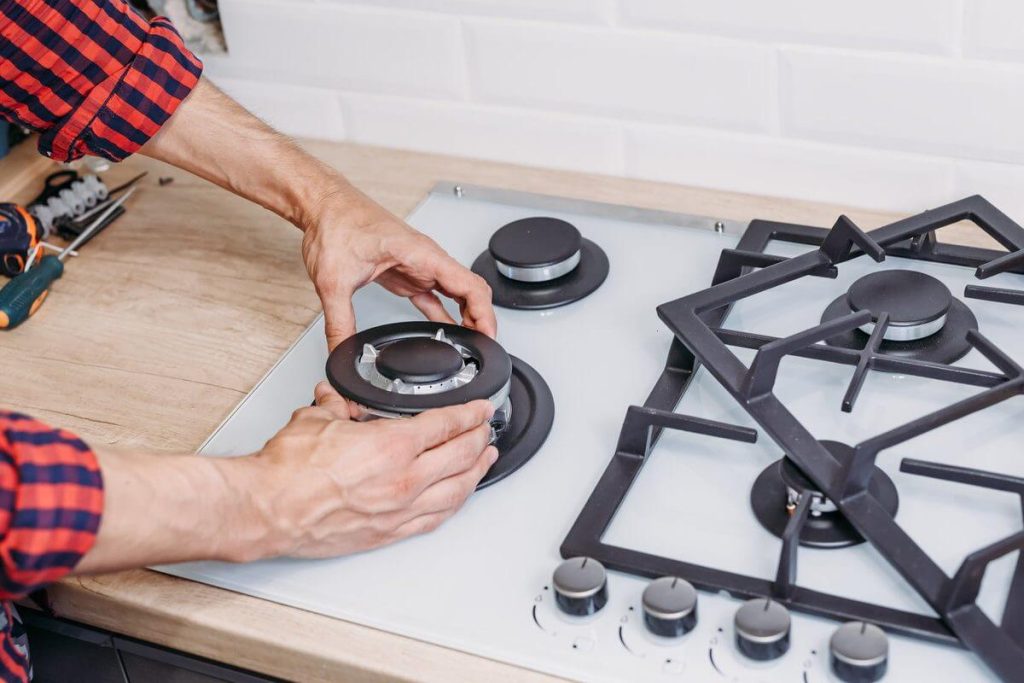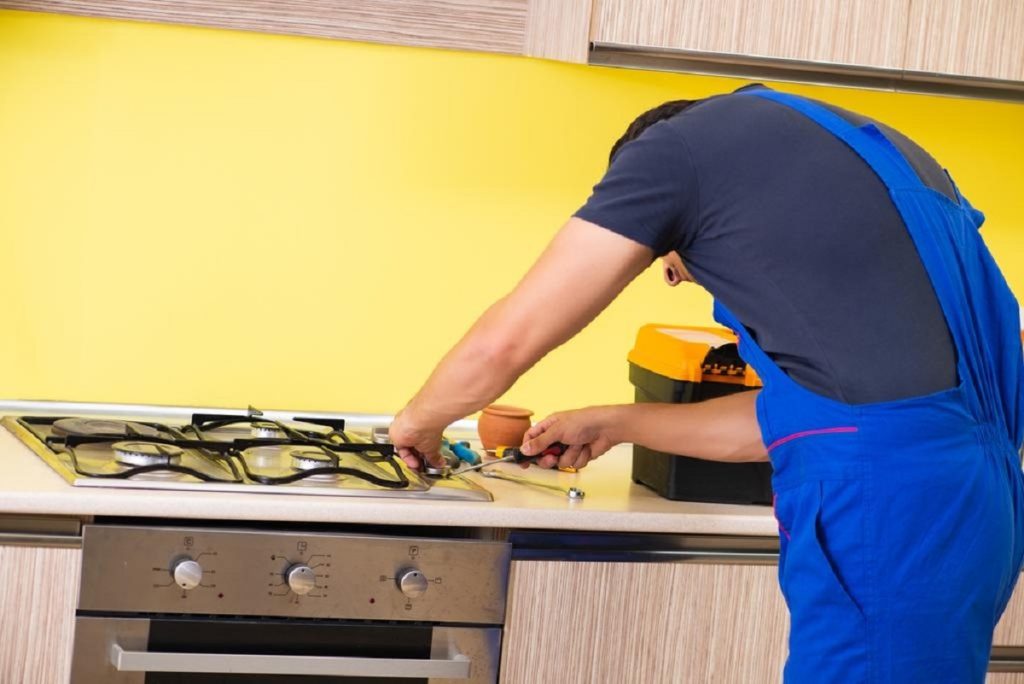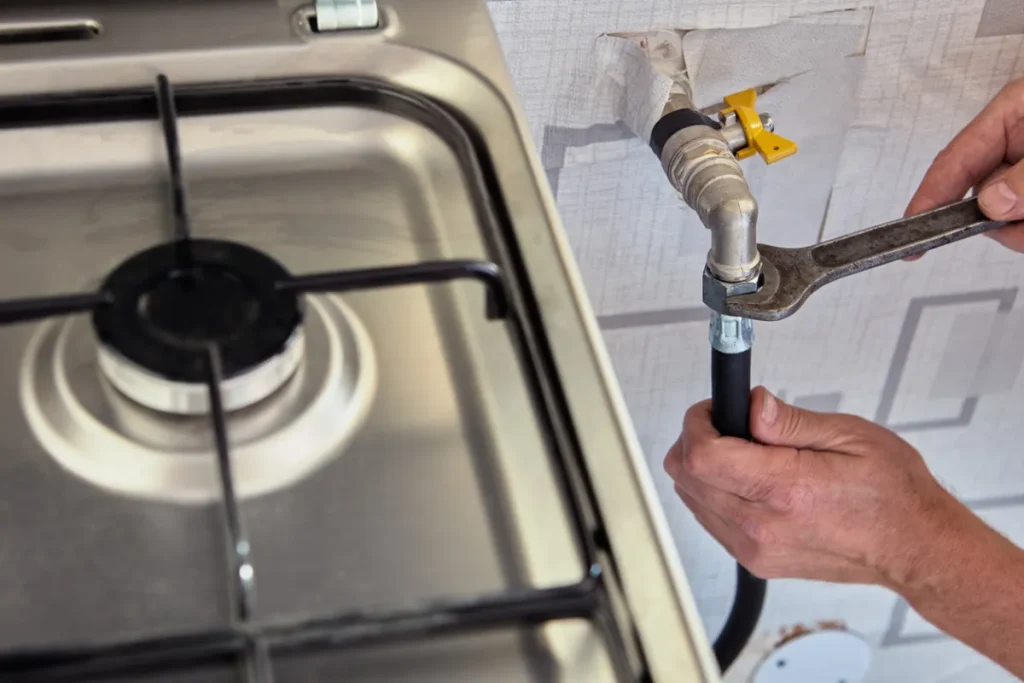
Disconnecting a gas stove might seem somewhat intimidating, but don’t worry; with the proper guide, it is pretty simple. Whether you are renovating your kitchen, changing an old appliance, or trying to do some heavy cleaning, the knowledge of handling your gas stove is very important. Safety should always come first, as improper handling of gas appliances may lead to serious risks. This article will help you clearly understand how to disconnect a gas stove safely. Let’s make sure you have all the knowledge needed to do that confidently and safely.

When it comes to disconnecting a gas stove, there are two avenues that lie at one’s discretion: DIY or hiring a professional. Choosing the DIY way can be very tempting if one is handy around the house and wants to save some money. Still, a lot of risks are involved, such as probable gas leakages and improper ways of handling, which can cause a lot of harm.
On the contrary, a professional will do it in a very safe and secure manner. A licensed professional will possess the necessary skills and equipment to remove a gas stove without risks involved, offering you peace of mind and protection of your home from probable dangers. Going for professional assistance ensures safety, and the work strictly adheres to all the local regulations and standards.
While learning how to disconnect a gas stove, there is one important step: turn off the gas valve. The shut-off valve can be found behind your stove; turn it clockwise to shut off the gas flow. That is a simple action, ensuring that, while working on the appliance, no gas can leak. Remember to always turn off gas at stove before taking any other steps to disconnect it while ensuring safety.
To disconnect a gas stove, proper preparation is essential to ensure safety and efficiency. First, shut off the gas supply: sometimes behind your stove, there is a shut-off valve; the valve is usually set in the clockwise position to shut off the supply of gas completely. This is the most crucial step in preventing the possible occurrence of gas leaks while at work on the appliance.
Secondly, unplug a gas stove if it has an electric ignition. Disconnection of electrical connections is important to avoid any accidental sparks or electrical hazards in the course of disconnection. Always double-check if the appliance is entirely powered down.
Lastly, ventilate the area by opening windows and doors so that fresh air circulates. Gather all the necessary tools you need, including an adjustable wrench, pipe dope, and a gas line cap. These preparations will help you smoothly and safely disconnect a gas stove without any unexpected issues.

Disconnecting a gas stove properly includes quite a few important steps beyond just turning it off from the gas valve. Making sure you address each step correctly will help you avoid potential hazards and ensure the process goes through without a hitch. Here are the critical steps to take when you need to disconnect a gas cooker and handle the associated components safely.
Following these steps will help you deal with the task of how to turn gas oven off in a safe way. Always be careful in your work, considering proper ventilation of the workspace and having the necessary tools at hand. Proper preparation and caution can significantly reduce risks associated with handling a gas pipe and other gas components.
Many people are at a loss about how to disconnect a gas stove safely. While this could be an easy task, the risks connected with a gas appliance are immense. Lousy handling can induce leaks in the gas, fire hazards, and even explosions. That’s why, in many cases, hiring a professional gas plumber is the best idea. Professional gas plumbers possess the experience and tools to carry out the disconnection task safely and follow all safety measures to reduce the possibility of any dangerous occurrence.
Disconnecting a gas range or cooker may seem like a doable task, but there are common mistakes that are frequently made by too many people, leading to serious safety issues. Being aware of these mistakes can help you avoid the possible risks and ensure that things go smoothly. Common mistakes to be avoided:
Obviously, the best way to ensure absolute safety is to involve a professional gas plumber. A gas plumber would have the skills and equipment to disconnect a gas cooker in the proper and safe manner, thus leaving you with peace of mind and avoiding any possible risks.

Regular maintenance of your gas stove can help you avert major issues and ensure that it keeps functioning efficiently. Here are some practical tips to keep your stove in top condition:
Disconnecting and maintaining a gas stove is a serious task with no room for error and disregard for safety protocols. Whether you are removing the gas stove for replacement, cleaning it, or relocating it, following the correct procedure is very important to avoid any kind of risk or danger. Always remember to shut off the gas supply, check for leaks, and use appropriate tools.
While there are specific tasks that one can do personally, employing a professional gas plumber ensures that the job is carried out both safely and securely. This brings you peace of mind and frees your time. Knowing what to do and how to do it will help keep your gas stove functional, ensuring a secure and safe kitchen environment.

